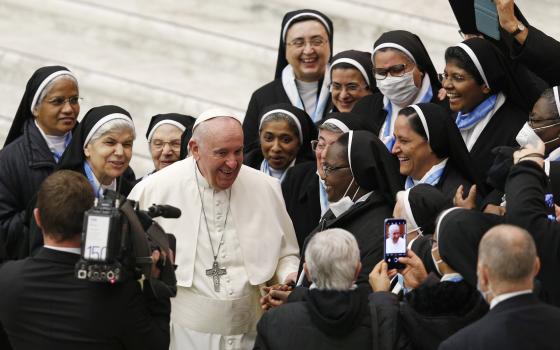A favorite photo from my childhood shows me kneeling in our front yard, suited up in football pads and a red jersey, my hands resting on a helmet on my knee. I was 11 years old and a defensive tackle for the Redskins, champions of the fifth-sixth-grade bracket of the Mighty Might Football League. The trophy from that year still sits on a shelf in my mom’s sewing room.
I really wasn’t much of an athlete, but I did play football. All my brothers did. Most of friends did. It’s ingrained in our culture. Deeply ingrained.
Much good comes from football and sports in general. A good sports program can teach discipline and teamwork. A good sports program can build a young person’s sense of worth and sometimes save a troubled life. And playing and watching games are simply a lot of fun.
All of these are reasons to make us hesitant to examine the research linking football to severe brain damage. But we must look at these dire reports.
Purdue University research, for example, underscores the dangers of constant head collisions that don’t produce concussions. Some players endure as many as 950 hits a year, according to the researchers.
Though the percentage of players who sooner or later suffer mind disabilities ranging from chronic headaches to Alzheimer’s disease isn’t yet documented, evidence suggests it’s significant. Examination of large numbers of former National Football League players, for example, indicates that those between the ages 30 and 49 were 19 times more likely to show signs of Alzheimer’s than men of comparable age who hadn’t played.
The origins of the damage begin much earlier, of course, in high school and college, where the conventions of the game call for hitting hard and often. Eventually, the effects of competing over a stretch of years will be charted in stages, but at this point there is reason to believe that every stage exposes players to significant brain injury.
Catholic high schools and colleges have been most attentive to the frightening specter of collision and are taking steps to prevent the trauma and, in a major change from the tradition of sending players who have had their “bells rung” back into the game, to insist that victims remain out and get treated.
But as worthwhile as these measures are proving, the larger ethical question, whether risks to young men are so great they justify ending football programs, has been sidestepped by Catholic parents, educators and ethicists, which is where the real responsibility rests and not with coaches, athletic directors and trainers.
The concern, of course, is universal, but it would seem the Catholic arena would be an especially apt place to consider the question, given the community’s high regard for protecting life in all its phases.
At stake is no less than the long-term physical and mental health of young Catholic men who naturally love the sport.


